This article is part of our collection of Family-Friendly Activities. Sign up for our newsletter to receive family-friendly activity, recipe and craft ideas throughout the year.
The 10 minute drive to China Camp State Park from downtown San Rafael quickly removes you from the suburban bustle found just north of San Francisco’s gleaming skyscrapers. The transition to salt marshes and quiet waterfront inlets also takes you back 150 years to a time when Chinese junks and sampans were launched from 26 shrimping and fishing villages across the Bay Area.
Established in the 1860s after the height of the Gold Rush and the completion of the transcontinental railroad, the shrimping village at China Camp initially thrived during a period of virulent anti-Chinese sentiment. During the settlement’s 1880s heyday, nearly 500 people lived at China Camp, where they processed 3 million pounds of shrimp per year, exporting nearly all of the catch for sale in China. It was a triumph of ingenuity, perseverance and resiliency.
“When the Chinese found this area,” Ed Lai, a board member of the Friends of China Camp, told me during my recent visit, “it reminded them of home on the Pearl River Delta, where shrimp are plentiful. They started shrimping here with just a few families and, when the village prospered, more people came.”
After growing through the late 19th century, the community was stifled by the effects of the 1882 Chinese Exclusion Act and a series of discriminatory laws that banned Chinese bag nets, shrimping during the peak summer season and the export of dried shrimp. The village dwindled as a result, leaving only a small community centered around longtime resident Frank Quan and his family.
“Remember that there was no Golden Gate Bridge at the time,” Ed reminded me, “China Camp was separated from San Francisco and the troubles there. With their seafood and gardens, they were self-sufficient here. The laws that started after the Exclusion Act were in the guise of preventing overfishing, but they were targeting the Chinese very evidently. It killed the industry and made the village drift away.”
From the 1930s forward, the Quan family processed shrimp on a smaller scale, while running a cafe, renting boats to visitors and preserving all that remains at China Camp. Due to their persistence, China Camp’s museum and surrounding buildings exist to tell the story of the village’s growth, decline and renewal. It’s possible to see in exacting detail how a single immigrant community was affected by national and local attitudes towards its members.
Today, China Camp lives on as part of a state park that combines history, outdoor recreation and nature programming. Hiking trails offer beautiful views of San Pablo Bay, as well as the nearby marsh, meadow and oak habitats. The campground is a great find for last-minute reservations and the ranger station offers a consistent schedule of guided hikes and nature talks. There’s even a small beach where kids can play in the water.
I spent a recent spring morning at China Camp State Park with my son, where we enjoyed a guided tour from Ed Lai. Here’s a plan for spending a day at the park with your family.
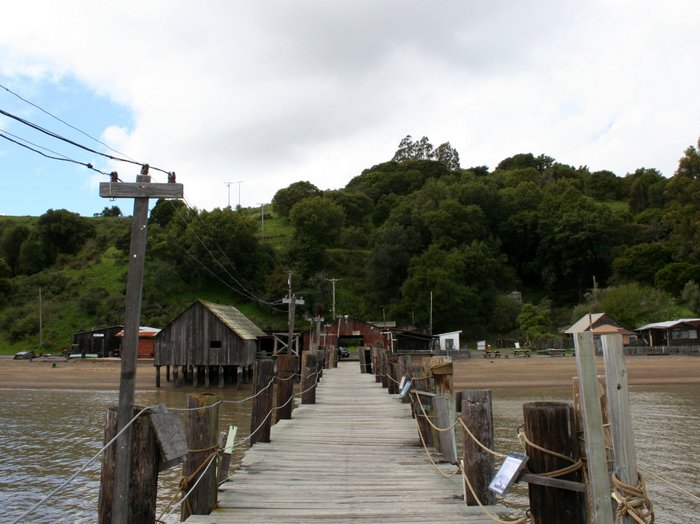
Play
Imagine the 1880s
Start your visit by walking to the end of the village’s long pier that extends out into San Pablo Bay. When you turn around, visualize wooden residences radiating outward from the central shrimp processing buildings and imagine the surrounding hills treeless and covered in a white blanket of shrimp drying in the sun.
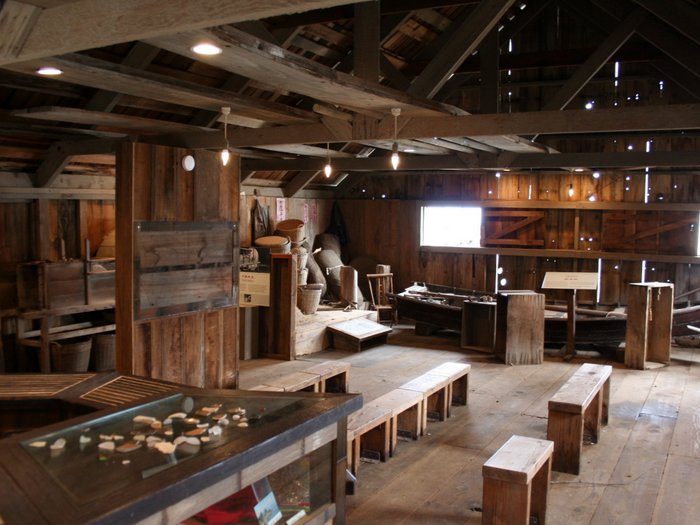
Visit the Museum
China Camp’s excellent museum includes well-curated exhibits and knowledgable volunteer docents. Pictures, artifacts and signage illuminate elements of camp life, the local California bay shrimp and the effects of discriminatory laws on the community. Be sure to check out the replica of a redwood sampan.
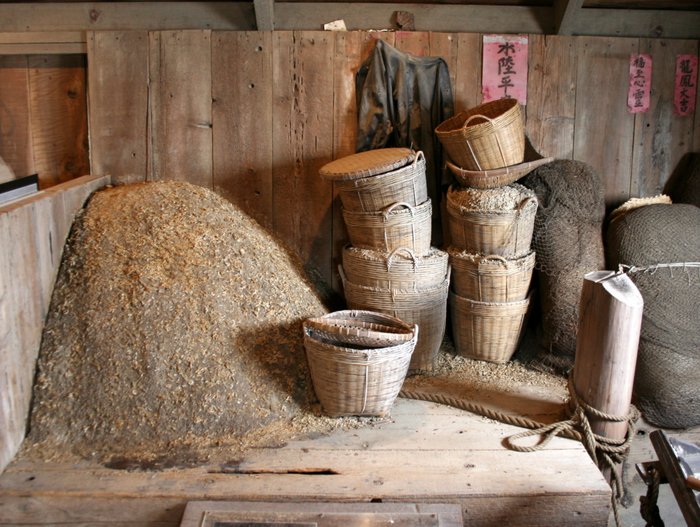
Tour the Shrimp Processing Buildings
China Camp displays a shrimp drying platform and both manual and automated grinding machines that turned the daily catch into dried shrimp (or har mai) ready for export to China or for sale locally.
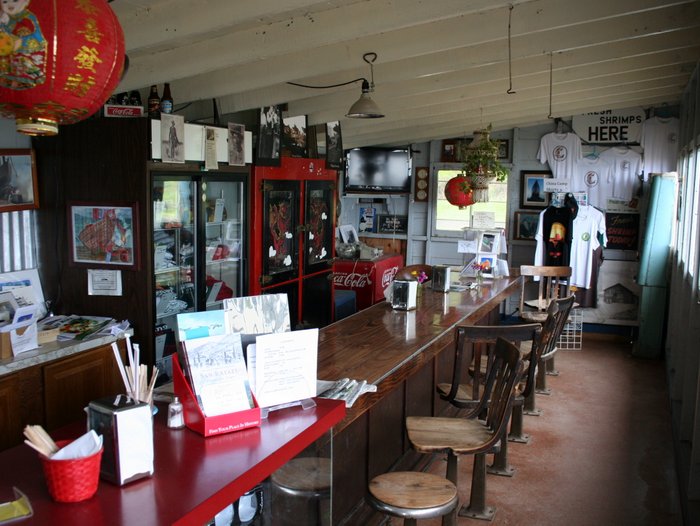
Eat at the Cafe
On weekends, visit the 1950’s-era cafe adjacent to the processing buildings for a drink or snack. You can also pick up a souvenir here like a t-shirt, greeting card or mounted photo of the village.
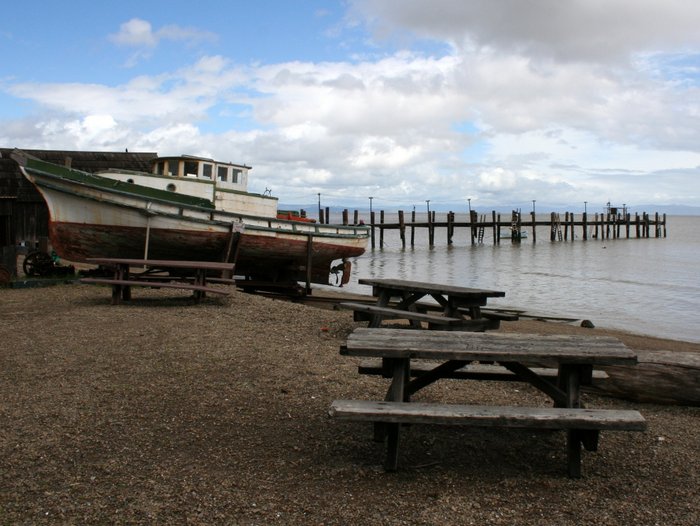
Snag a Scenic View
Several picnic areas dot the village grounds, all of which look out onto San Pablo Bay. Pack a lunch or bring your snack from the cafe out to the water and eat while your kids play on the beach.
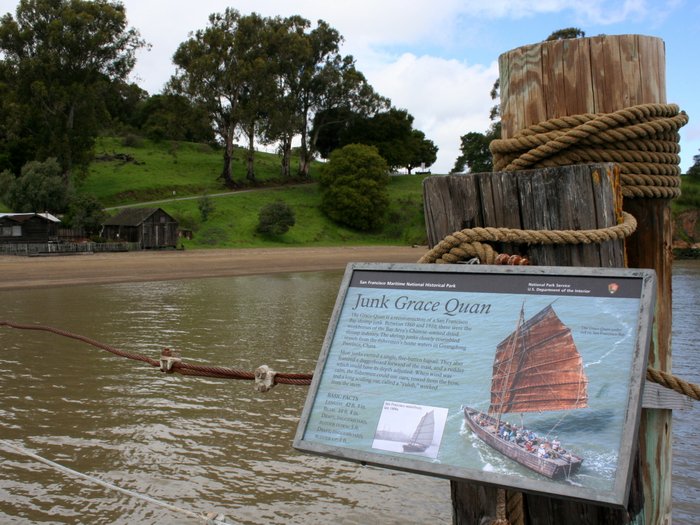
Plan Your Return
China Camp hosts an annual Heritage Day in August highlighted by cultural performances and the return of the Grace Quan, a 43-foot replica of a San Francisco Bay Chinese shrimp fishing junk named for Frank Quan’s mother.
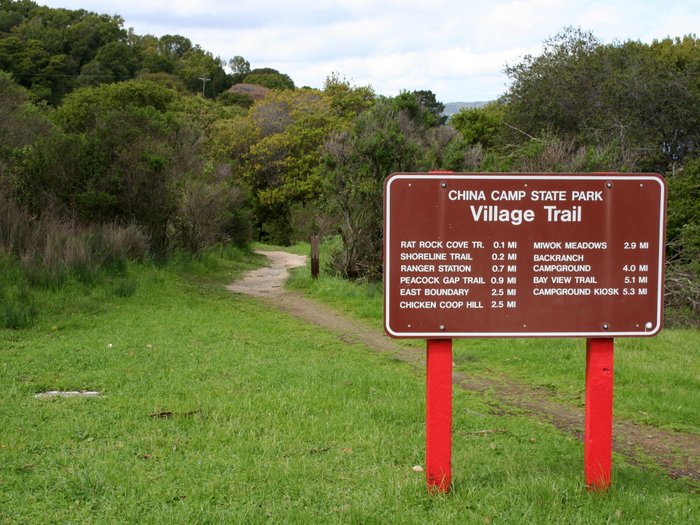
Enjoy a Hike
The village at China Camp sits amidst 1,500 acres of hiking and mountain biking trails, scenic views and open spaces. In addition, Back Ranch Meadows has 33 walk-in sites for tent camping.
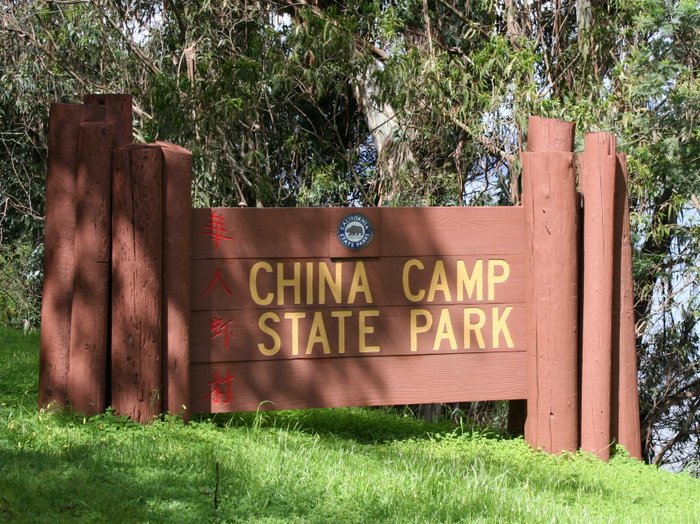
Getting There
A Stone’s Throw From San Francisco
Visiting China Camp is a fun day trip from anywhere in the San Francisco Bay Area. From 101 North, take exit 452 toward central San Rafael. Turn right onto 2nd Street, then follow Point San Pedro Road 4 miles until you reach China Camp State Park.
Your turn! Has your family been to China Camp? Want to ask a question before you visit? I’d love to hear from you in the comments section below!
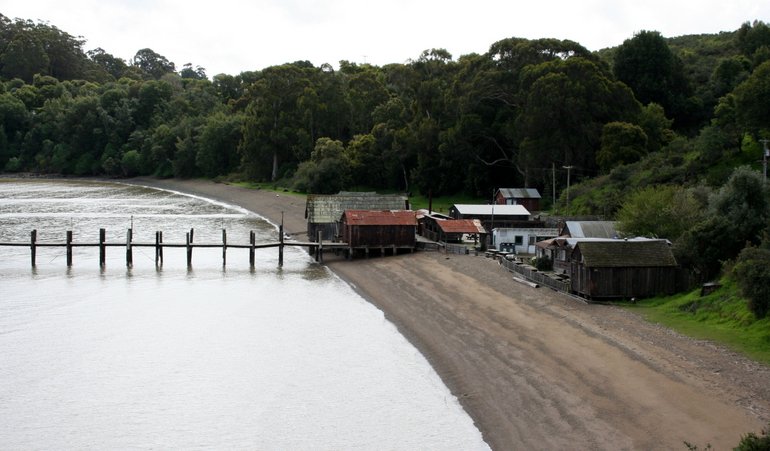




Leave a Reply